 A shoot pops out of a hop root and, looking for light, breaks ground sometime in early April. Curling around a length of twine, the emerging vine circles its way up toward the sun, growing fatter by the day.
A shoot pops out of a hop root and, looking for light, breaks ground sometime in early April. Curling around a length of twine, the emerging vine circles its way up toward the sun, growing fatter by the day.
 Many rows of twine strung on a tall trellis make for acres of high, bushy vines pushing hop cones that, come the end of August thru October, are all cut down.
Many rows of twine strung on a tall trellis make for acres of high, bushy vines pushing hop cones that, come the end of August thru October, are all cut down.
 Trucks filled with cut vines rumble down the highway to awaiting farms where they line up and workers hang the vines, sending them into a picking machine.
Trucks filled with cut vines rumble down the highway to awaiting farms where they line up and workers hang the vines, sending them into a picking machine.
 This is the painstakingly complex process of picking the hops off the vine, a separation that is monitored closely in order to maximize a clean yield of singular strobiles—sans leaf, vine segments or twine.
This is the painstakingly complex process of picking the hops off the vine, a separation that is monitored closely in order to maximize a clean yield of singular strobiles—sans leaf, vine segments or twine.
Through a series of belts, the hops are conveyed into large drying rooms where, with the help of giant burners, they lay for hours losing moisture in the heat.
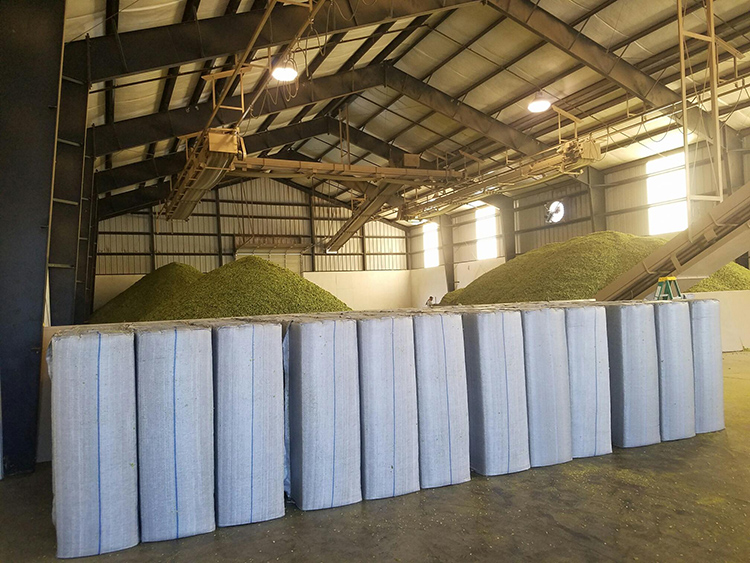 When they’re dried to just the right percentage, they are conveyed again into a baling area and lay in giant mountains which need to cool before being baled up and shipped out.
When they’re dried to just the right percentage, they are conveyed again into a baling area and lay in giant mountains which need to cool before being baled up and shipped out.
Sounds like the end of the line, but not so. The acids and oils in a hop degrade quickly. To extend their usage life, most hops are next converted into a pellet. The 200 lb. bales are pushed through a bale breaker to fracture the dense rectangles and then sent into a hammer mill.
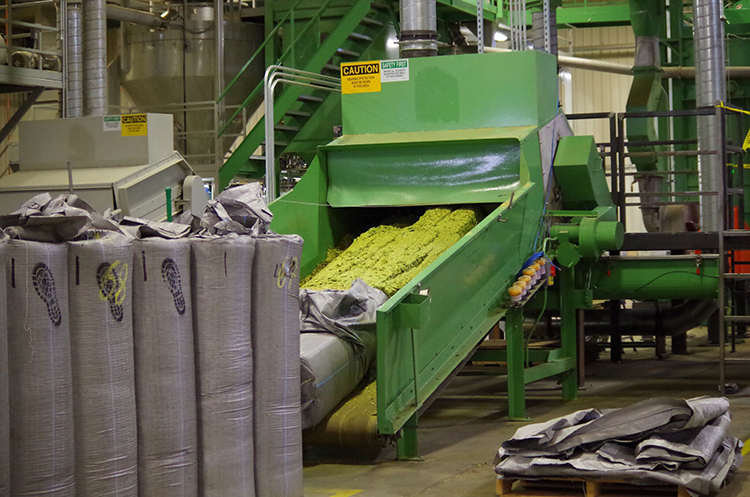
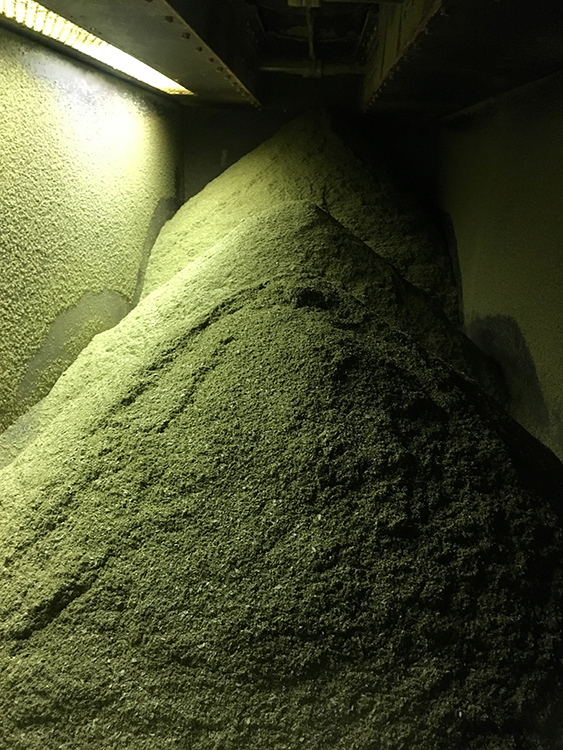 Once it’s finely ground by the mill it moves to a mixing tank and is augered up to the pellet mill where it’s extruded into pellets, cooled, then packaged into sealed foil bags with a low oxygen content, good for about 3 years if stored correctly.
Once it’s finely ground by the mill it moves to a mixing tank and is augered up to the pellet mill where it’s extruded into pellets, cooled, then packaged into sealed foil bags with a low oxygen content, good for about 3 years if stored correctly.
From here it’s in the hands of the brewer.
A world of growth and harvest, drying, baling, pelletizing, negotiating, selecting, acquiring, shipping, and brewing. While most people are living their everyday lives, there is this whole other world going on. All for the love of beer.







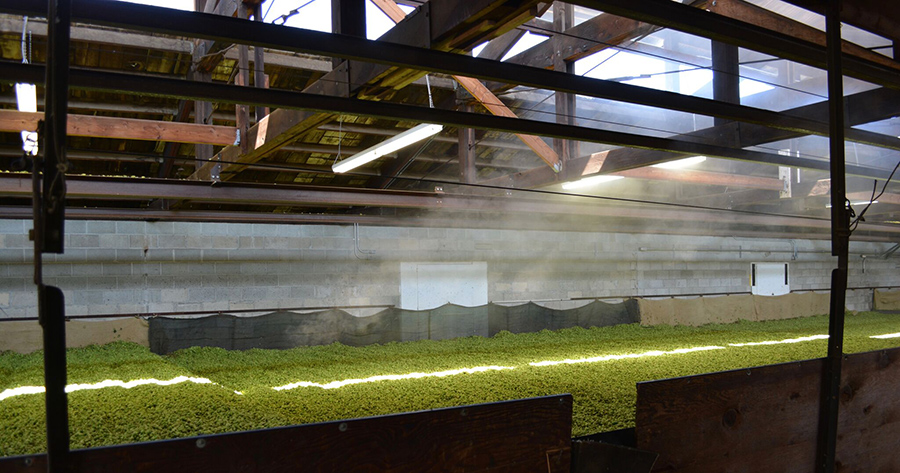
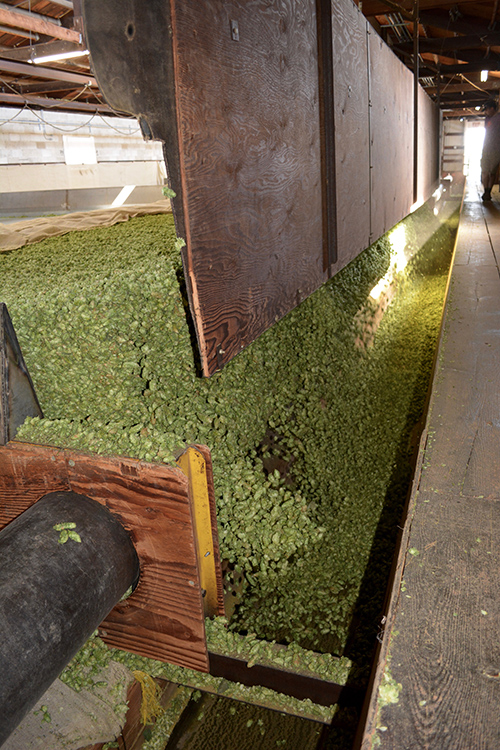
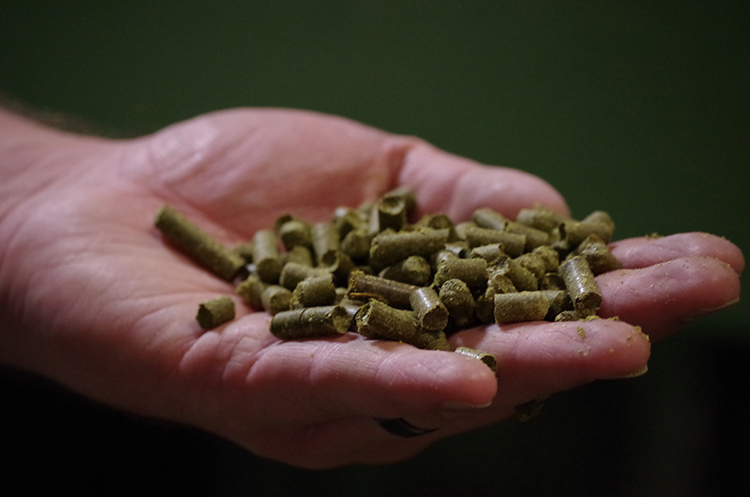

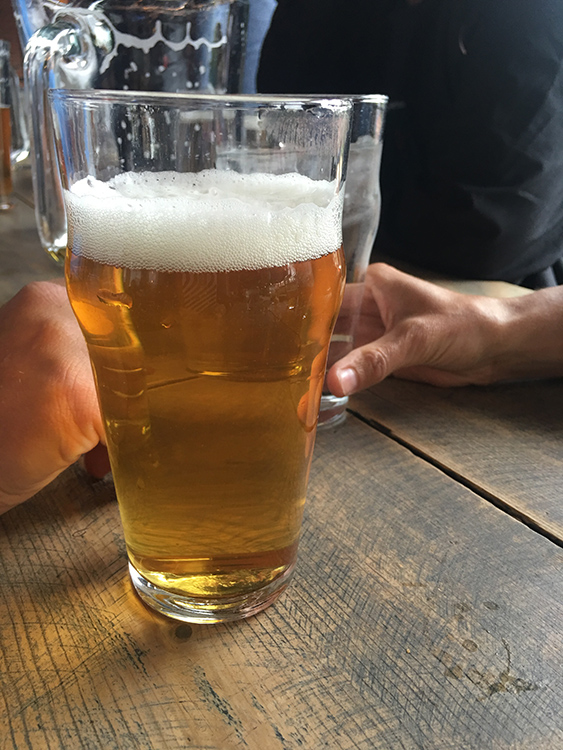
Enjoyed the article!
Love it! Great photos, happy harvesting!